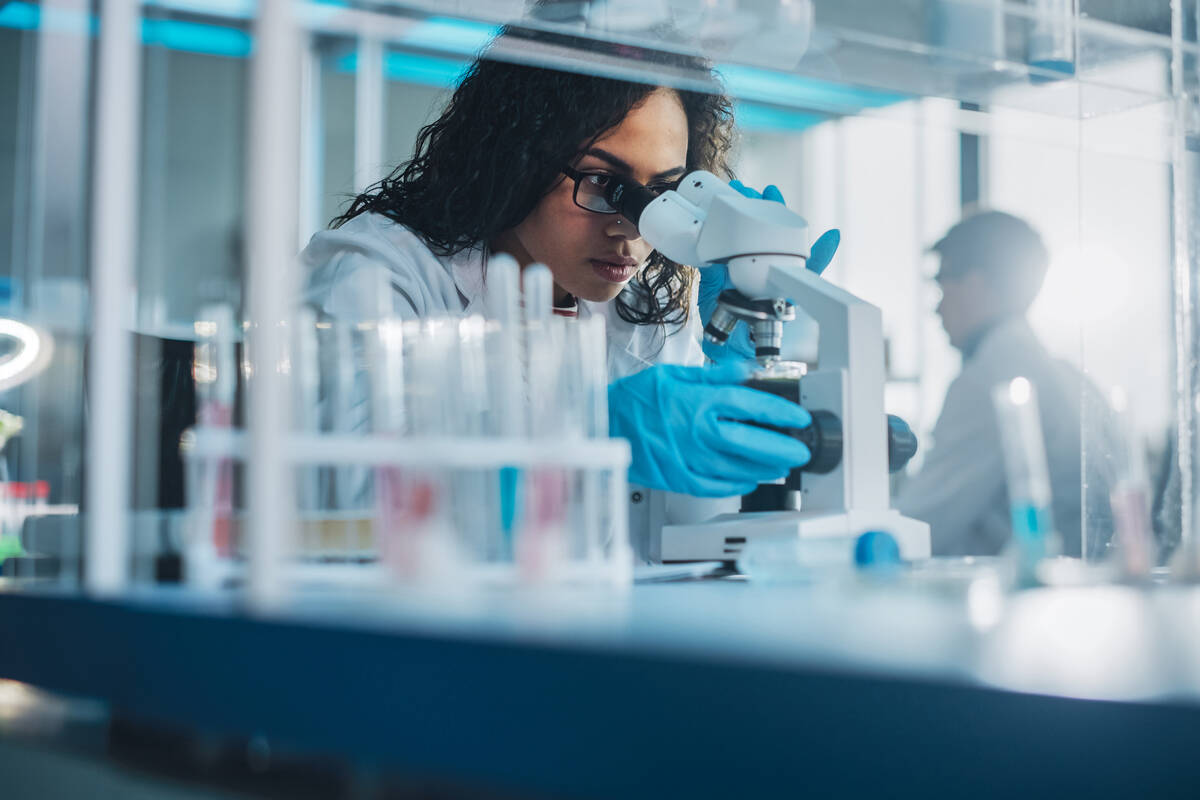How environmental exposures affect your health
Question: I’m hearing more about the effects of the environment on our health. Can you tell me more about how it is being studied? I’m worried about the future when I read about studies that show microplastics and chemicals accumulating in our environment.
Answer: The Centers for Disease Control and Prevention defines the exposome as the measure of all environmental exposures, from prenatal stages through a person’s lifetime, and how those exposures interact with genetic factors to affect health.
The term is very inclusive. It includes, for example, diet, pollution and natural substances, such as radiation. Everyone’s exposome is unique.
I appreciate your concern about environmental exposures. The point I like to make is that not all exposures are harmful. Some exposures may protect us from disease. When we’re talking about the exposome, it includes elements that are a risk for health, such as tobacco use, and elements protecting us from illness, such as access to green space.
Historically, researchers have studied some environmental exposures. Epidemiological studies in the past have told us that excessive alcohol use, for example, has an effect on the human body, and this relates to disease. We have also known that exposures to some bacteria cause disease, such as salmonella or tuberculosis.
But given that there are millions of types of environmental exposures, better and more systematic studies are needed to understand what this means to our health.
As a scientific field, the exposome explores exposures that have an effect on human biology. For me, as a physician and researcher, I would like to know more about exposures that affect our genes, cells and organs. Your exposome is the environmental complement to your complete set of DNA, called your genome.
Scientists have more recently realized that only about 15 percent of most disease risk can be attributed to genetic elements. So, we are left with the question: What else contributes to disease? Families, of course, share not only genes but their environment. They live in the same household. And this is how exposome science started, to try to be able to assess environmental exposures.
Over roughly the past 50 years, chemicals have been mass produced by humans. Decades ago, we couldn’t measure chemicals in our bloodstream in a scalable and affordable way. So, we used questionnaires to ask, “Do you smoke?” “Do you drink?” “Have you been exposed to pesticides?” We were looking for the outcomes of those exposures to human health.
For example, in my laboratory, we were studying a rare liver disease called primary sclerosing cholangitis, and we asked a decade ago whether patients were exposed to pesticides, as well as other environmental elements. But the questionnaires didn’t show a difference between healthy people and those with primary sclerosing cholangitis.
Years later, when we could use blood tests to measure chemicals in the bloodstream, we found a significant difference in a specific pesticide present among primary sclerosing cholangitis patients compared with healthy people.
So, based on several studies, we now know that pesticides are in our food chain and in our bloodstream in small amounts, and we need to know how they affect human biology and disease.
Also, massive plastic production within the past 70 years has created microparticles that can be found inside people’s tissues. We need to study these exposures both in health and in diseases such as cancer, heart disease, stroke, respiratory illness and autoimmune disease.
Nevertheless, when we do studies, often we find chemicals that are more prevalent in healthy people compared with patients with diseases. Scientists are working to identify those elements associated with wellness or with a lack of disease because these substances may protect us from illness. For example, some studies have shown that drinking coffee may reduce the risk of neurological disease or liver disease. We need to understand this in more depth for therapeutic opportunities.
Current methodologies enable us to measure the exposome better than before through blood, urine, saliva and hair. I envision that 10 years from now, if not earlier, we will have screens of exposures that we will measure in our bloodstream. That will become part of a person’s care at some point in the future and help us guide lifestyle changes, prevention strategies and make diagnoses as well as treatment decisions for patients.
Dr. Konstantinos Lazaridis is a gastroenterologist with the Mayo Clinic’s Center for Individualized Medicine.

















